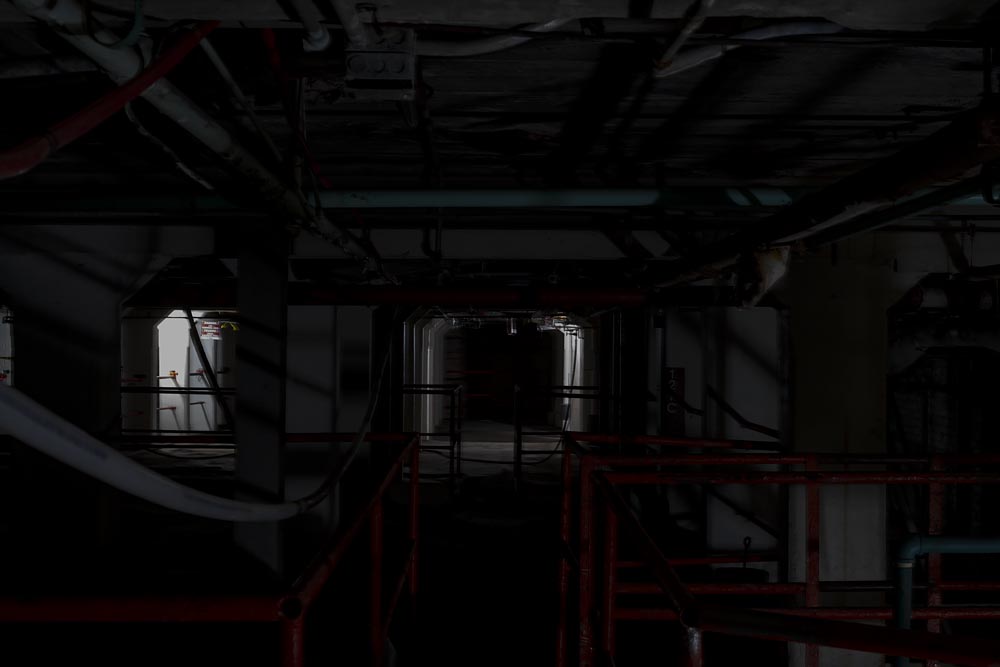The University of Michigan Application for the Roman J. Witt Residency at Penny W. Stamps School of Art & Design and the Institute for the Humanities
The fine art night photography project “Dark” traces changes to the manufacturing identity in the United States while engaging with local communities.
Set in the Michigan Central Station in Detroit, the goal is to capture deindustrialization’s impact reflected both in the devastating loss to communities and its eerie beauty documented through night photographs of the abandoned interiors. The results are a portfolio of prints exhibited locally, nationally, and internationally, a book, lectures, and more.
(If the Michigan Central Station is not available, other similar abandoned industrial sites will be sourced in Detroit or elsewhere, such as the Roosevelt Warehouse AKA Detroit Public Schools Book Depository, The Packard Automotive Plant, Ford Piquette Avenue Plant, etc.).
Beyond documentation, however, these images crystallize a sense of inertia taking place in what we think of as “home.”
As the abandoned building and land are surveyed–as if a cultural truth is being unearthed–I feel a link between environment and home. Just as traditional cities’ role as manufacturing centers is quietly abandoned, so too is the present-day impact mostly forgotten. In both cases, there is a feeling of absence, impending human failure, tragedy, and the crushing force of nature being played out among the ruins of the environment.
Working directly with students and others in the community is key to this interdisciplinary project. University of Michigan students, U of M Schools, and local people will help to play a crucial role in its completion. This kind of cross-cultural collaboration is essential to the project and will support the work to have a lasting impact.
Project Details
Specifically, I will photograph the vast, empty interior landscapes with traces of human intervention–all taken at dawn, twilight, or nighttime in the Michigan Central Station, including:
Nearly black interiors of the large spaces are made in complete darkness.
Archways and hallway structures, perhaps reminiscent of Roman baths or temples.
Afternoon light falling on parts of the building, inspired by painting.
Close-ups of metal parts, walls, or other fixtures–inside and outside–at night.
Streaming moonlight coming through skylights partially illuminating the space.
Views of stars seen from skylights or windows captured during long exposures.
Stairways leading up; mechanical rooms filled with machinery, pipes, etc.
Office rooms, hallways, or other lesser-visited spaces.
Exteriors of the buildings, with glowing lights from the background.
Views along the paths outside at night.
Photos along the streets with trees or other debris partially visible.





Comments are closed.